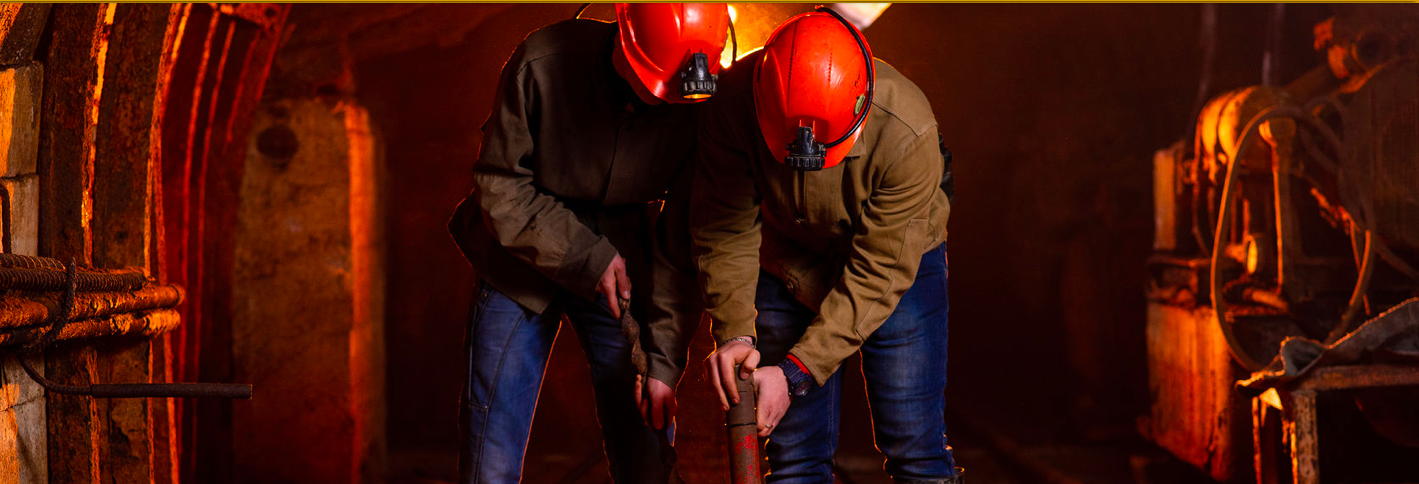Published in the May 2019 edition of GeoDrilling International
While mining companies recognise the importance of health and safety training how they actually undertake it can vary wildly. Colin Rice provides GDI with an outline of how to select the best training options.
SHE, SHEQ, ECOHS, SCHEC, OH&S - every major mining company seems to have its own health and safety acronym. Almost without exception, mining companies lump health, safety, community issues, environmental and sometimes even quality issues together and then send their staff to health and safety training programmes to take care of their legal responsibility to train people in these disciplines. Clearly, all of these disciplines have a people component and so it is convenient to lump them all together, although each discipline has its own complexities.
A quick internet search for health and safety training courses highlights one of the most common words used when describing training objectives - compliance. In other words, these programmes are intended only to ensure that employers comply with the law, which is a great objective, but it only addresses one facet of what safety training should be about.
Most safety training programmes teach students the broad safety management principles of identifying and assessing risk. At the simplest level, the programmes cover how to conduct a SLAM (Stop, Look, Assess, Manage) or a mini-HIRA (Hazard Identification Risk Assessment). At higher levels, the training may cover more complex risk assessment principles such as how to apply the hierarchy of controls, for example.
Conducting a SLAM or mini-HIRA is an important tool for everyone on a drill site, however, for these tools to be used effectively, the person applying them must have an appropriate level of understanding of the hazards and associated risks on the drill site.
Drilling operations are hazardous and understanding the nature of the many hazards and the associated risks require an in-depth understanding of a number of physical principles. Unless the person understands these concepts then their ability to identify real hazards will be impaired and any SLAM, mini-HIRA or other risk assessment that they conduct will be of limited value. This happens very frequently in the mining and exploration drilling industries where people undergo a series of generic training programs and then they are appointed as ‘safety officers' with a responsibility to manage risk on an operational drill site. Practical hazard identification techniques specific to a drilling operation is therefore key.
Drilling operations, particularly exploration drilling operations, are complex and involve a host of different operations which are conducted using different types of equipment, in different environmental conditions by people with differing levels of skill. The interrelationship of these factors can turn a seemingly simple, routine activity into a complex, highly dangerous activity. The challenge for all safety training organisations is to be able to identify the circumstances that cause these changes.
The hazards associated with rotating drill rods for example, depend upon the type of drill rig being used, the drilling method, the construction of the drill rod, the condition of the rod, the extent and nature of surface deformations etc. Unless the relevant person has a good understanding of how each of these factors affects the performance of the drill rods and how they individually or collectively contribute to a drill rod failure then they will do a less than perfect job of managing the risks associated with rotating drill rods.
Bearing in mind the criteria for assessing the correct training programme when searching for and selecting relevant safety training for your staff will ensure that they are not just compliant but are adding value to your safety management team.
Colin Rice Exploration Drilling Advisory has a full suite of online drilling safety programmes, from safety officers and geologists to supervisors.
Three things to look for in drilling safety training programmes
When selecting a training programme for your drilling staff, conduct research and keep the following points in mind:
1. Contextualised content:
The training programme must enhance the student's understanding of the principles of a drilling operation, the mechanical properties of the equipment used and most importantly, the modes of failure of the equipment.
While generic hazard identification training is an important foundation, if companies want to develop safety professionals that will add value to their safety management team, ensure that the programme goes beyond teaching purely generic concepts and select a programme that includes treatment of the risk associated with drilling activities.
2. Suitable academic level and experience:
Pre-assess your staff to ensure that they are going to training programmes that are appropriate for the academic background and ability. If the programme covers complex and abstract concepts that they do not understand or have reference to, they will not gain the full value of the training. Similarly, if the concepts taught are too fundamental, the student will not gain value to add to the organisation.
3. Appropriate delivery method:
Traditional classroom-based training incurs significant costs, travel and forces students to attend a few days of training and then a change in behaviour is expected. Online training allows students to work at their own pace, to interface with other students on various platforms, allows training to be opened up to a larger geographical area, not to mention the reduction in cost.


